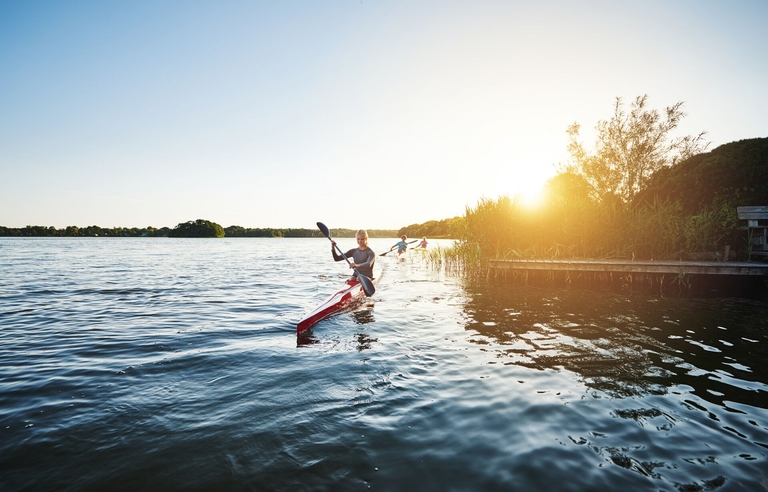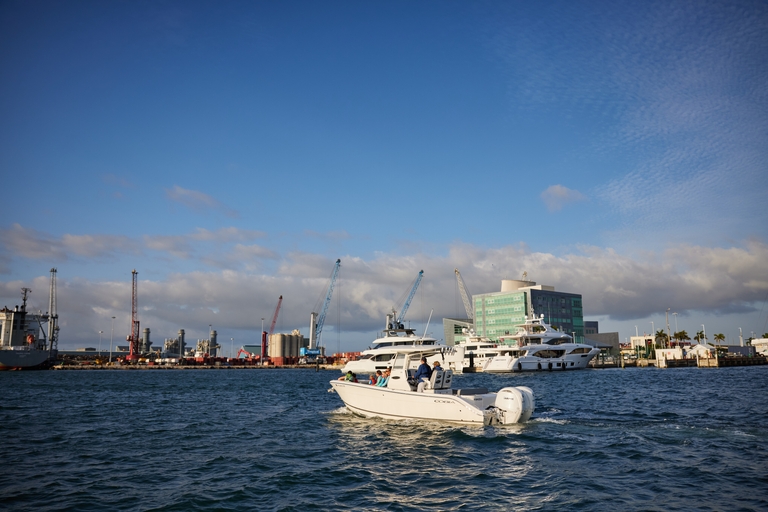Accidents and Facts: A Closer Look at Paddlesports
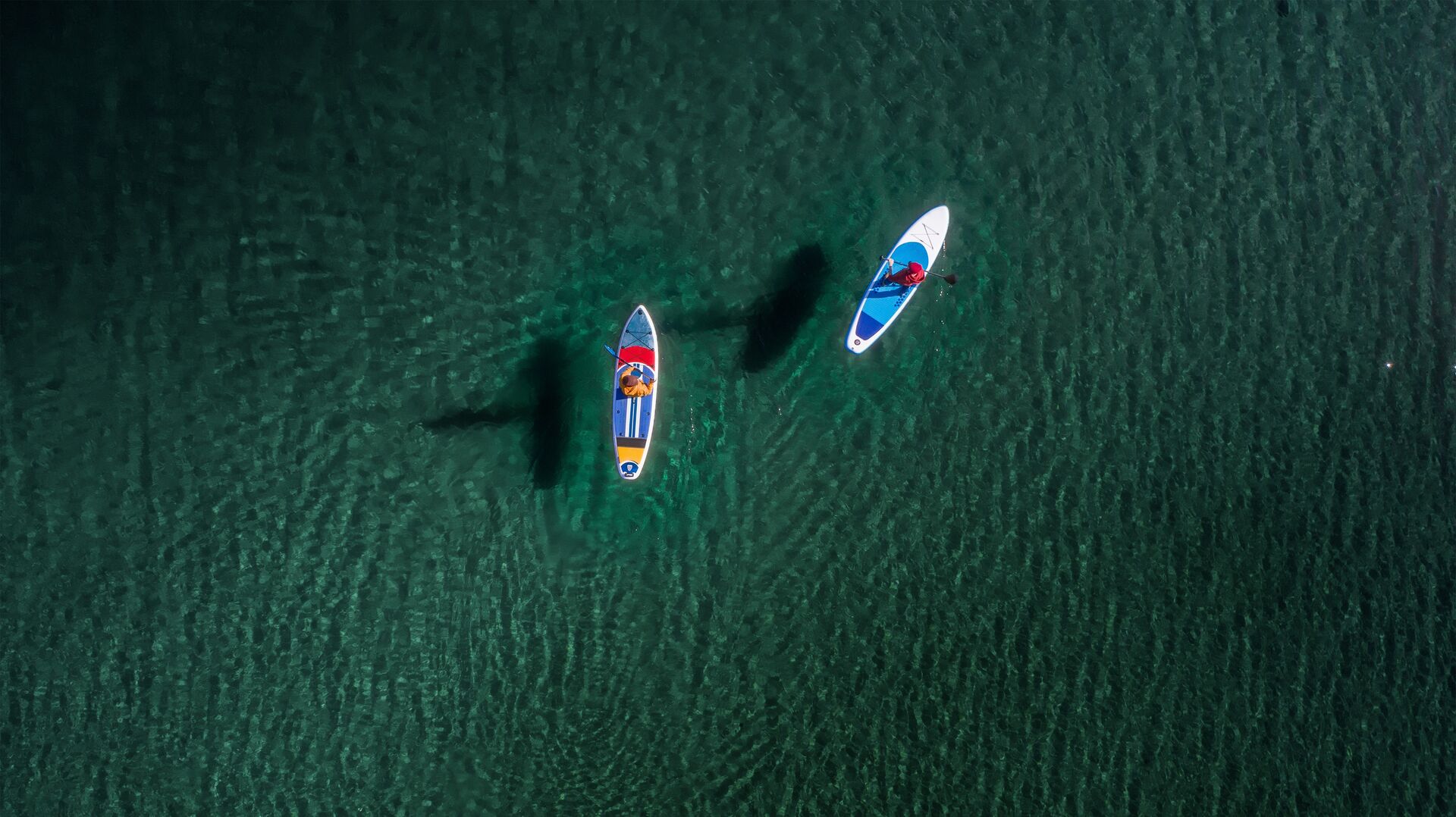
Boating is a very inclusive activity, and depending on where you are in the country, boating can mean very different things. The average person likely thinks of boating as a recreational activity involving a powerboat, sailboat, or personal watercraft (PWC).
However, anyone who's been around boating long enough knows it also includes man-powered vessels.
Kayaks, canoes, rowboats, inflatable craft, and stand-up paddleboards all fall into the category of paddlesports. Across the country, the popularity of paddlesports has grown in recent years.
That means boaters need to be even more aware of how they're navigating the waterways.
Let's take a look at some recent statistics about paddlesports participation and accidents and how you can protect yourself on the water. We'll also share the story of Rebecca, a paddlesports enthusiast.
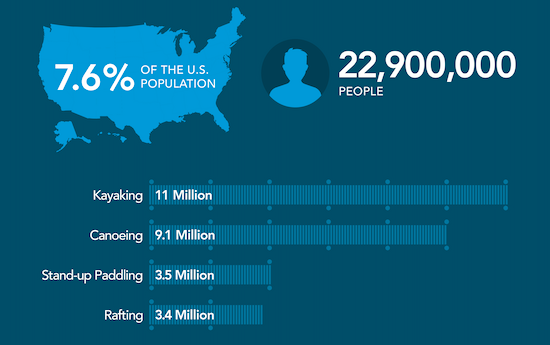
Paddlesports is a Form of Boating (and Comes With Risks)
In 2019, there were more than 22.9 million paddlesports participants, with kayaking and canoeing leading the way at 11 million and 9.1 million people, respectively.
Paddlesport boaters have to adhere to their own safety guidelines because being on the water is just as dangerous – if not more so – when you move slower.
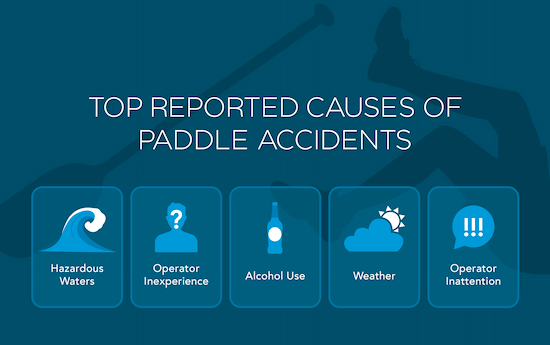
According to the USCG, hazardous water is the number one cause of accidents for paddlesport craft. Operator inexperience and alcohol use were also leading causes.
The size and lightweight material of paddlesport craft are a part of what makes them attractive to recreational boaters. They can easily maneuver in depths that would be impossible for powerboats.
In a survey recorded by the Outdoor Foundation, participants who choose a form of paddling are motivated by the ability to exercise, to be closer to nature, and to experience excitement and adventure, among other reasons.
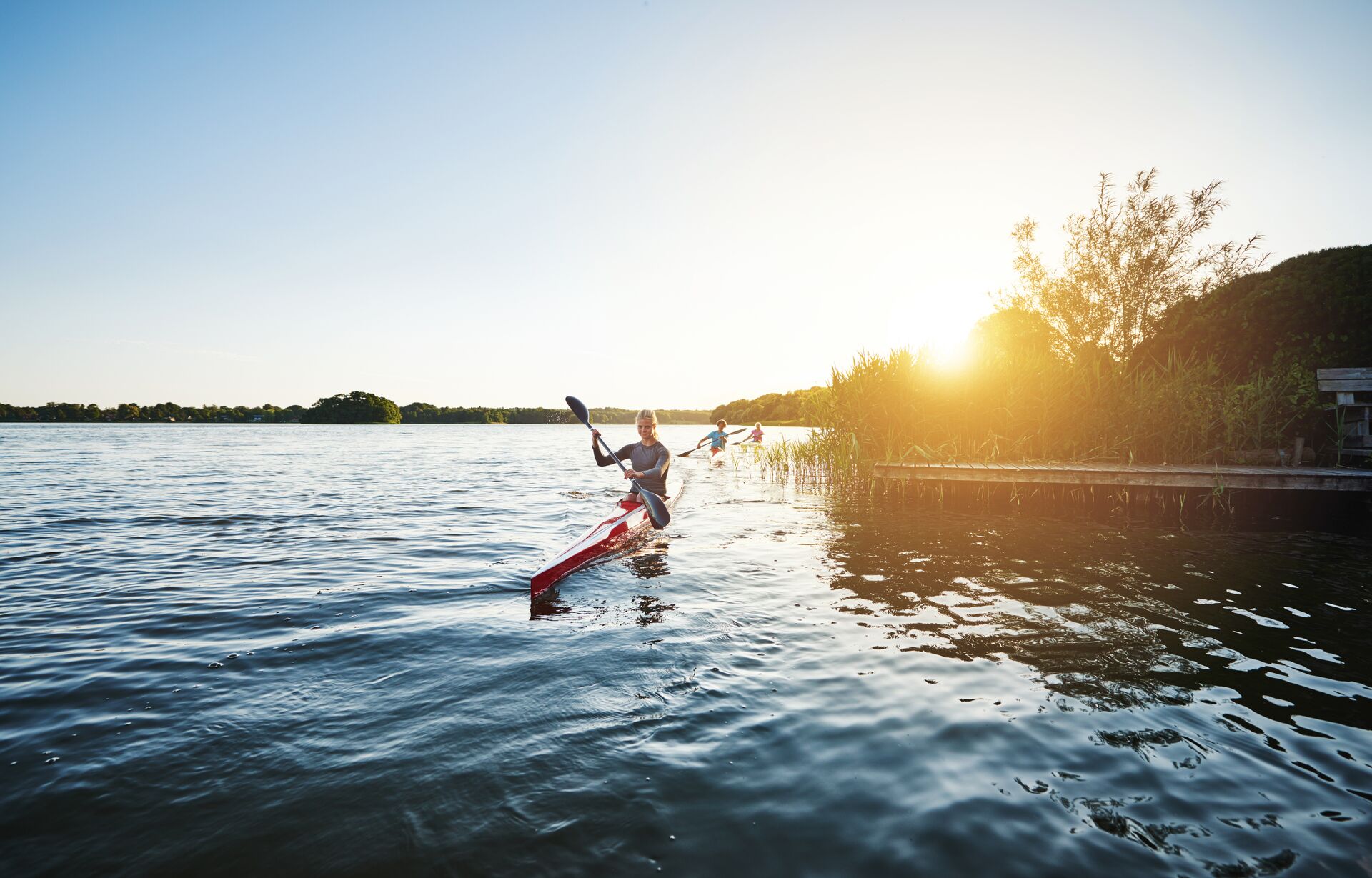
Rebecca's Story
Rebecca Collier was a veteran paddlesports enthusiast. She spent so much of her time on the water that her father used to call her his "little mermaid" when she was growing up.
On all accounts, she was a professional at getting in and out of the water with ease.
Growing up outside of Kalamazoo, Michigan, there was never a question of if she was down by the river or at the lake, but rather which one she was at. During the summer, she worked at the local supply stores and marinas — watching boaters come and go with slight envy.
If you asked her mother, it was her second home. She never wanted to be far from the water. When forced to leave on a family vacation, she would only be happy if she could trade the familiar waters of home with new ones — sometimes a hotel pool had to serve.
Her Career Takes Off (On the Water)
Rebecca studied biology at the University of Michigan, became captain of her kayaking team, and volunteered as a paddlesports instructor in her free time. After graduation, she was hired by the Michigan Department of Natural Resources and continued to teach paddlesports safety instruction.
If you asked her about her work, the excitement and joy in her eyes told you more than the endless statistics and information that consumed her day.
An Unexpected Obstacle
In early 2014, Rebecca took a solo kayak trip down the Clinton River.
There's an expression that says, "You never step in the same river twice," but she had traveled the river a thousand times; she knew the river.
It had rained earlier in the week, but the river looked relatively calm from the shore. There were no signs of anything she couldn't handle. She pressed on for about an hour before the current started to pick up. She matched its pace, thrusting her paddle into the water to push her forward.
She knew there were rocks ahead, but not the fallen tree that had raced its way down the river a day before. Now submerged just below the surface, its branches were a snare waiting for her.
The current lifted the kayak up awkwardly and set it down within the tangles of the tree, turning her around. She tried to act quickly to point the craft in the right direction, but then she met the rocks.
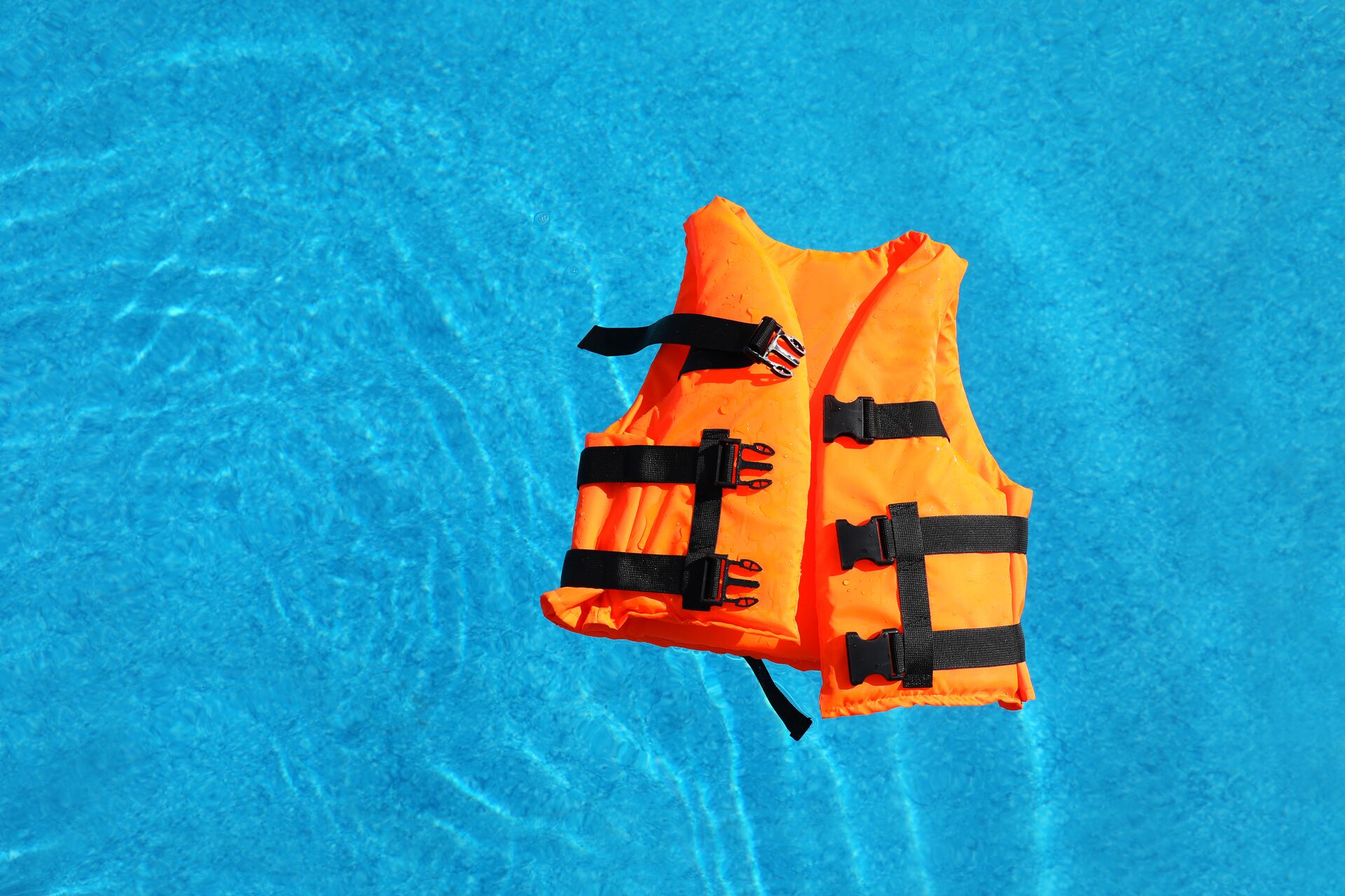
Suddenly In Danger
What was happening to Rebecca was no longer exciting. Her kayak had crashed into the rocks with such force that air was forcibly expelled from her lungs. She tried to focus and regain her bearings, but the rushing water was relentless, and she was pinned against the boulder.
She had to get out.
She breathed deeply to keep her mind trained on freeing herself from the kayak. She lifted herself up and let the current take her down the river.
Exhausted, the life jacket kept her afloat and she remembered to make sure her feet didn't drag the bottom. She looked for exit points – a rogue tree branch she could use to pull herself to shore. With some effort, she swam to the remnants of a fallen tree and gingerly crawled to shore.
Relief
A sigh of relief escaped her as she let the rest of the adrenaline wash over her. She slowly sat up and began to assess her injuries.
She was battered but safe and alive, thanks to her quick thinking and her lifejacket.
However, had she done more research before her trip, she might have been aware of the tree in the water. Since she was kayaking alone, she could also help rescuers find her more quickly if she left a float plan with friends or family back home.
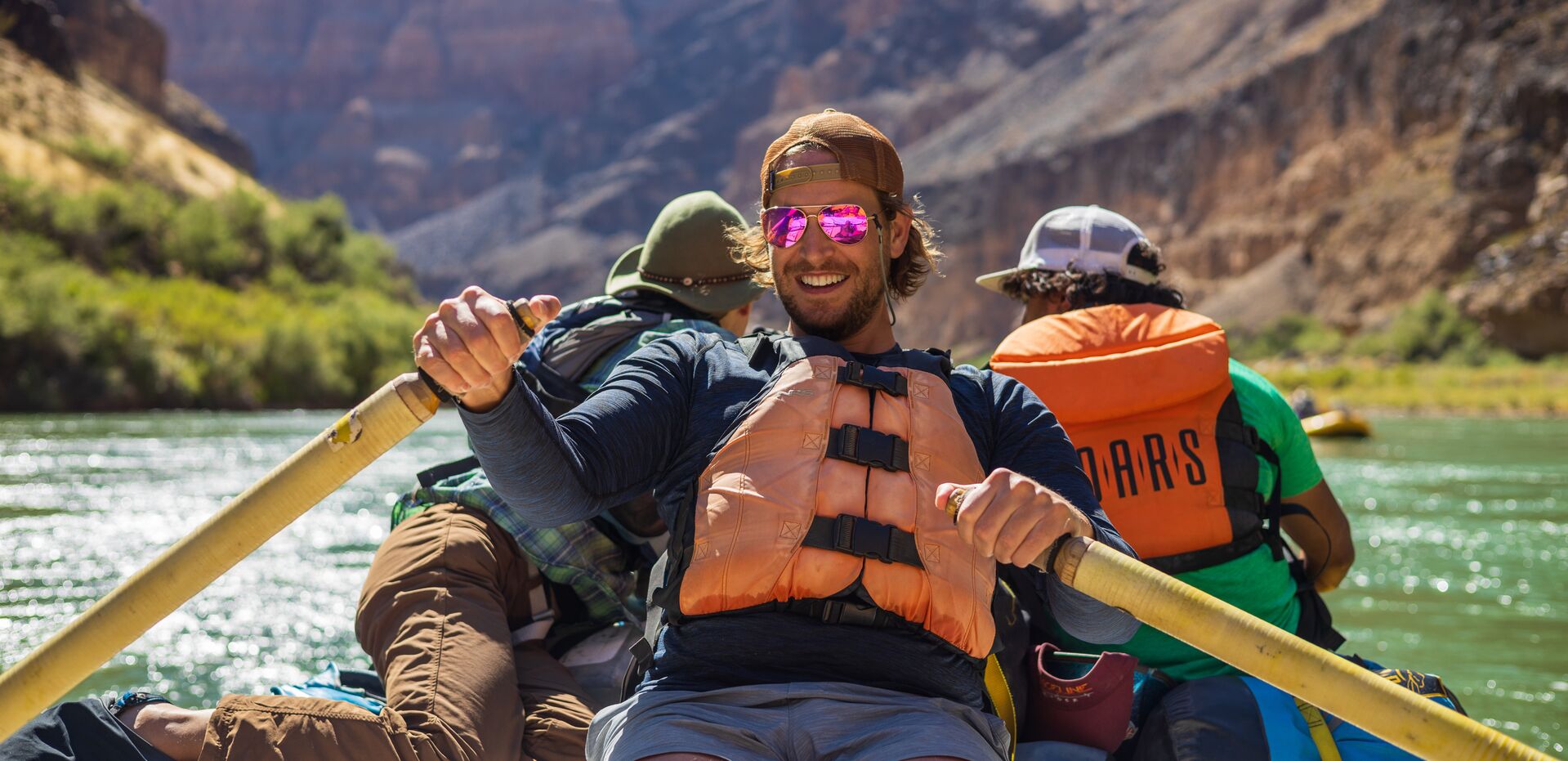
Boater Safety Education Helps Paddlesports Enthusiasts Enjoy the Water Safely
As we mentioned before, operator inexperience is a common cause of accidents. If you're interested in participating in any paddlesport, the safety experts here at Boat-Ed recommend seeking professional instruction from someone who knows the area. We also recommend taking a boater education course to learn about lifejackets and what to do if things go wrong on the water.
Our online courses cover paddlesports safety, including understanding the risks and being aware of potential river hazards – something that would have been helpful to Rebecca before she shoved off for what turned out to be an unsafe kayaking trip.
So, before your next kayaking or paddleboard trip, boost your safety knowledge. Find the Boat-Ed course for your state and start learning with our free online study guides.
Content last updated April 11, 2023.
The story about Rebecca was created to illustrate a very real situation you could find yourself in while enjoying a paddlesport. The statistics include United States Coast Guard and the Outdoor Foundation data. Always follow safe boating guidelines while out on the water.

